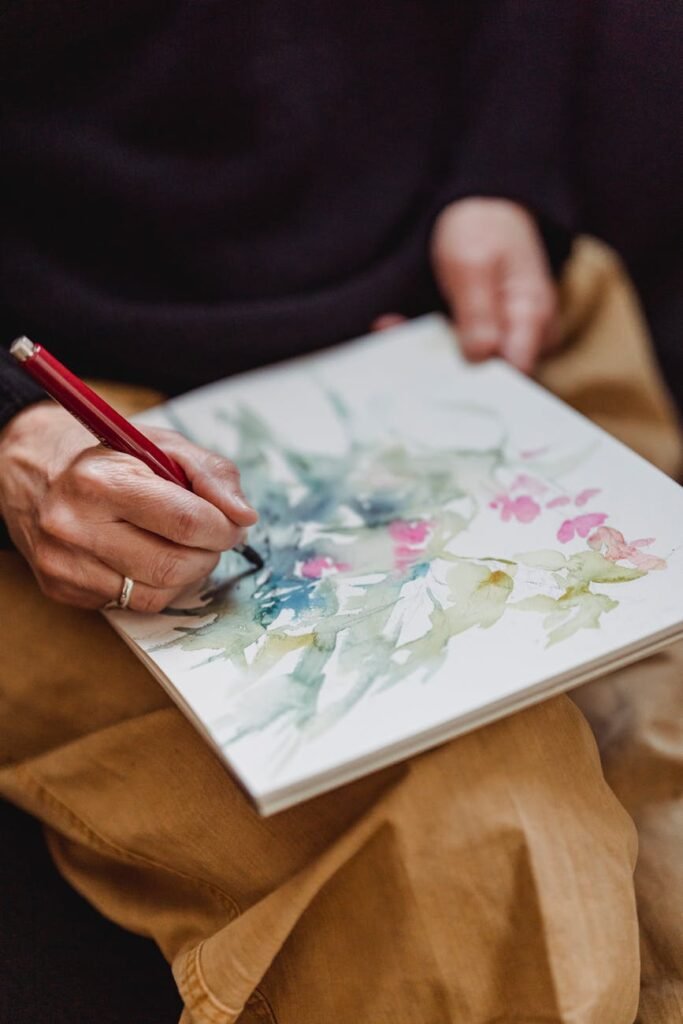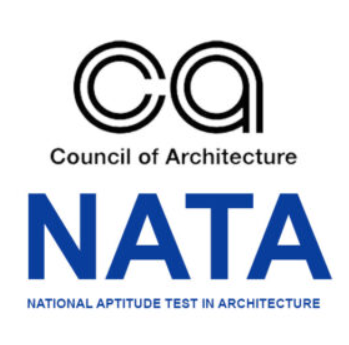The Creative Core: Why It Matters Most

The Creative Core: Why It Matters Most
Aspiring designers and architects, the path to your dream college – be it NID, NIFT, UCEED, or NATA – hinges significantly on one core skill: creative ability. While aptitude in math, logical reasoning, and general knowledge are important, it is your ability to think outside the box, generate innovative ideas, and visually communicate your thoughts that truly sets you apart.
These entrance exams are designed to assess your potential to become groundbreaking innovators and problem-solvers. They probe your capacity to perceive, interpret, and transform information into novel and compelling solutions. Creative ability is not just about artistic talent; it encompasses design thinking, problem-solving, and the ability to connect seemingly disparate ideas. It’s the fuel that drives innovation, and that’s what these institutions are seeking.




- NID (National Institute of Design): Focuses on design thinking, problem-solving, and visual communication.
- NIFT (National Institute of Fashion Technology): Emphasizes creativity, fashion sense, and aesthetic appeal.
- UCEED (Undergraduate Common Entrance Examination for Design): Tests visual aptitude, observation skills, and design sensitivity.
- NATA (National Aptitude Test in Architecture): Assesses drawing skills, sense of proportion, and aesthetic sensitivity.
Each of these exams places a high premium on creative ability, but the specific areas of focus differ. Understanding these nuances is crucial for tailoring your preparation. Consider that, while NID may prioritize problem-solving using design principles, NIFT will require a strong fashion and styling sensibility. NATA will assess your spatial reasoning and ability to translate ideas into architectural drawings.
| Can Creative Ability Be Learned? Absolutely! |
A common misconception is that creative ability is an innate talent – something you’re either born with or not. The truth is, while some individuals may have a natural inclination towards creative pursuits, creative ability is a skill that can be developed and honed through practice and conscious effort. It’s like any other skill; the more you work at it, the better you become.
Think of creativity as a muscle. The more you exercise it, the stronger it gets. You can learn techniques, explore different mediums, and train your mind to think more creatively. The key is to embrace experimentation, be open to new ideas, and don’t be afraid to make mistakes. Mistakes are valuable learning opportunities.
The Early Bird Catches the Creative Worm: When to Start?
While it’s never too late to start developing your creative ability, the earlier you begin, the better. Exposing yourself to creative activities from a young age helps foster a creative mindset and develop fundamental skills. However, even if you’re starting later in life, don’t be discouraged. With focused effort and the right approach, you can still make significant progress.
Ideally, start nurturing your creative skills as early as possible. This could involve:
- Engaging in art and craft activities.
- Exploring different design styles.
- Reading about design and architecture.
- Visiting museums and art galleries.
- Observing the world around you with a critical and creative eye.
Tips and Insights for Aspiring Designers & Architects


Here’s a breakdown of useful tips for prospective students:
- Practice Regularly: Dedicate time each day to practice sketching, drawing, and design exercises. Consistent practice is key to improving your skills.
- Experiment with Different Mediums: Don’t limit yourself to one medium. Explore different drawing tools, paints, digital design software, and materials. This will broaden your creative horizons.
- Develop Observation Skills: Pay attention to the details around you. Observe shapes, forms, colors, and textures. This will enhance your ability to represent the world accurately and creatively.
- Learn Design Principles: Understand the fundamental principles of design, such as balance, proportion, rhythm, and unity. These principles will help you create visually appealing and effective designs.
- Stay Updated: Follow design blogs, magazines, and social media accounts to stay updated on the latest trends and innovations in the design world.
- Build a Portfolio: Start building a portfolio of your best work. This will showcase your skills and creative potential to the admissions committee.
- Solve Past Papers: Practice solving past exam papers to get familiar with the exam pattern and difficulty level.
- Seek Feedback: Share your work with teachers, mentors, and peers and ask for constructive feedback. This will help you identify areas for improvement.
- Don’t be Afraid to Fail: Creativity involves experimentation, and experimentation inevitably leads to mistakes. Embrace failures as learning opportunities and don’t let them discourage you.
- Develop your own unique style: While drawing inspiration is useful, make sure to cultivate your own style and way of thinking, to truly differentiate your work.
Final Thoughts: Embrace the Creative Journey
Preparing for design and architecture entrance exams is a challenging but rewarding journey. By focusing on developing your creative ability, practicing consistently, and staying curious, you can significantly increase your chances of success. Remember to embrace the creative process, enjoy the challenges, and let your imagination soar.
🎨✨ Looking to crack NID, NIFT, UCEED, CEED, or NATA? Or need help with Portfolio Preparation?
Join our flexible online/offline classes or grab our expert-curated study materials – specially designed to help you succeed!
🖌️ Brought to you by Konsult Design and Architecture – a proud unit of the reputed Konsult Creative Education, trusted by students across 18+ countries.
📚 Start your design journey today!
Good luck!
